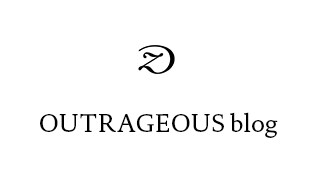 |
| WLLIAM CRAWFORD, untitled, pencil on paper, 1990's, Courtesy Galerie Susanne Zander |
William Crawford
14. February - 29. March 2014
Opening: Friday, 14.02., 6 - 9 pm
We know little about William Crawford’s life. His drawings were discovered in an abandoned house in Oakland, California and can be traced back to the 1990s. The archive might have consisted of several notebooks, but the sequences seem to have been broken up over he years and reach us now in a fragmentary and fascinating collection of around 950 delicate pencil drawings on paper, some on the back of prison roasters, some signed, which convey an intense sense of sexual longing of a man behind bars and an urge to tell stories. All we have is the narrative contained in the work itself.
The drawings, which bring to mind the eroticism of Eric Stanton or Tom of Finland, show scantily dressed women, drug use, gang bang - forbidden things in closed off spaces - and a recurring figure: a man with a short afro and a moustache as the "ladies' man" at the centre of events - presumably the artist William Crawford himself. Given the decoration of interiors, the hair dos and style of dress one can only guess that he might have come of age in the late 70s or early 80s.
The singular and original drawing style makes it enticing to submerge into the world before us: rooms shown from unusual angles, features that are hinted at or omitted, such as fingers, heads, pool tables or pieces of furniture. Geometrical detail and architectural subtleties define a space which serves not only as a backdrop to where the action unfolds: it is the scenario that makes things possible, more a dream than documentation, more fantasy than perversion - the mise en scène of a sexual reverie in which Crawford is king.
With this show Galerie Susanne Zander opens an exhibition trilogy that presents works by artists about whom little or nothing is known. Here, the quality and autonomy of the artistic work itself is the focus. There are no artists’ curricula vitae, the viewer is solely and immediately confronted with the work.
Anonymity is no novelty in art history: In pre-history, the anonymous artist was the rule. Works were rarely signed. In the case of the Old Dutch Masters artists were given representative “emergency names” and assigned to catalogs of works based on their style alone. It was the first attempt to give the artist who formerly was considered anonymous an individual personality and to acknowledge his autonomous mastership and style. The “Master of the Saint Bartholomew Altarpiece” (Alte Pinakothek, Munich) or the “Master of Flémalle” (Städel Museum, Frankfurt/Main) are well-known examples. Not until the modern age with the emergence of a bourgeois society, liberated from church and nobility, was the identity and role of the artist newly defined. The personality cult, characterized by the term genius, began to be cultivated as a brand name; biography became an integral part of the myth of the artist.
With the exhibition trilogy “artist unknown” the gallery probes new borderline areas of art and underscores the conceptual approach of so-called outsider art.
"artist unknown #1: Martina Kubelka" (17.01. - 08.02.2014)
"artist unknown #2: William Crawford" (14.02. - 29.03.2014)
"artist unknown #3: Type 42 (Anonymous)” (11.04. - 05.06.2014)

No comments:
Post a Comment